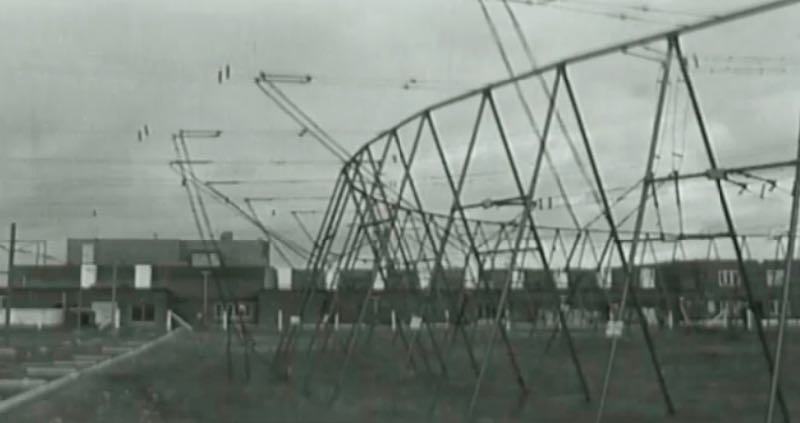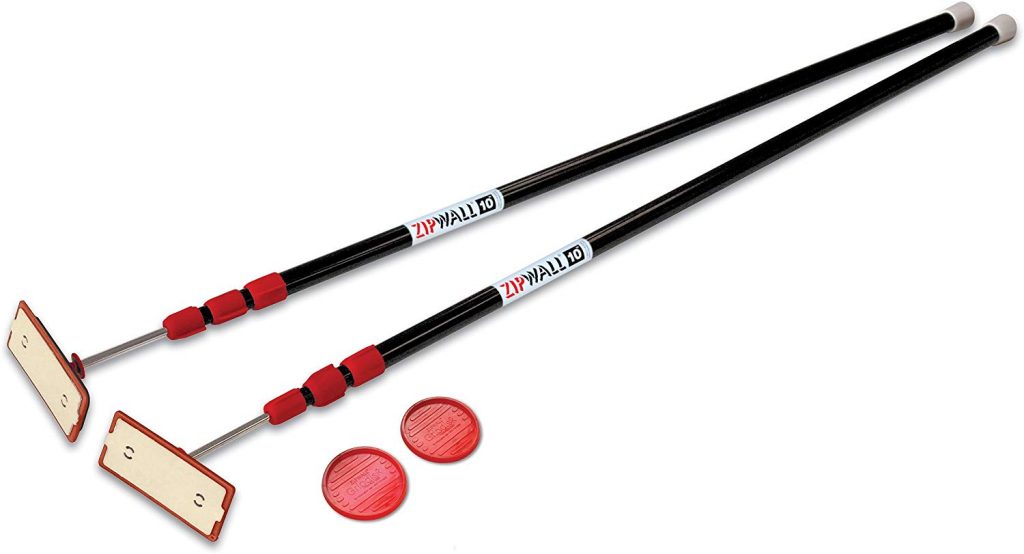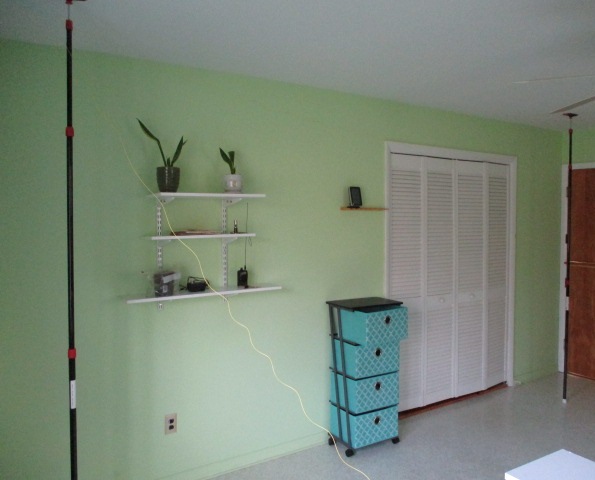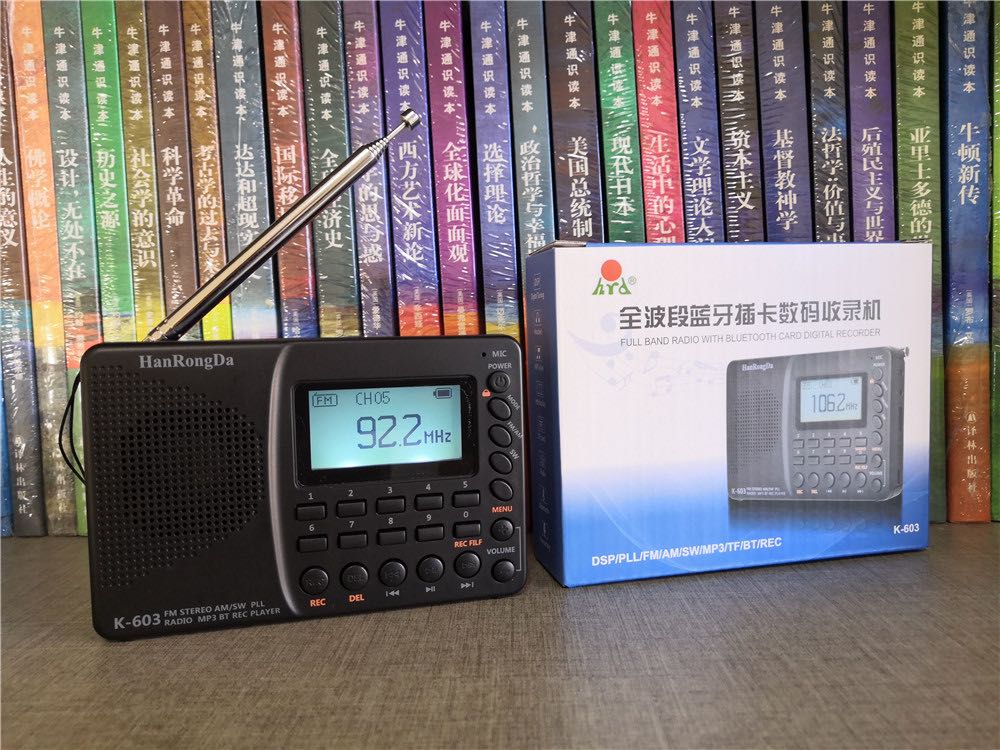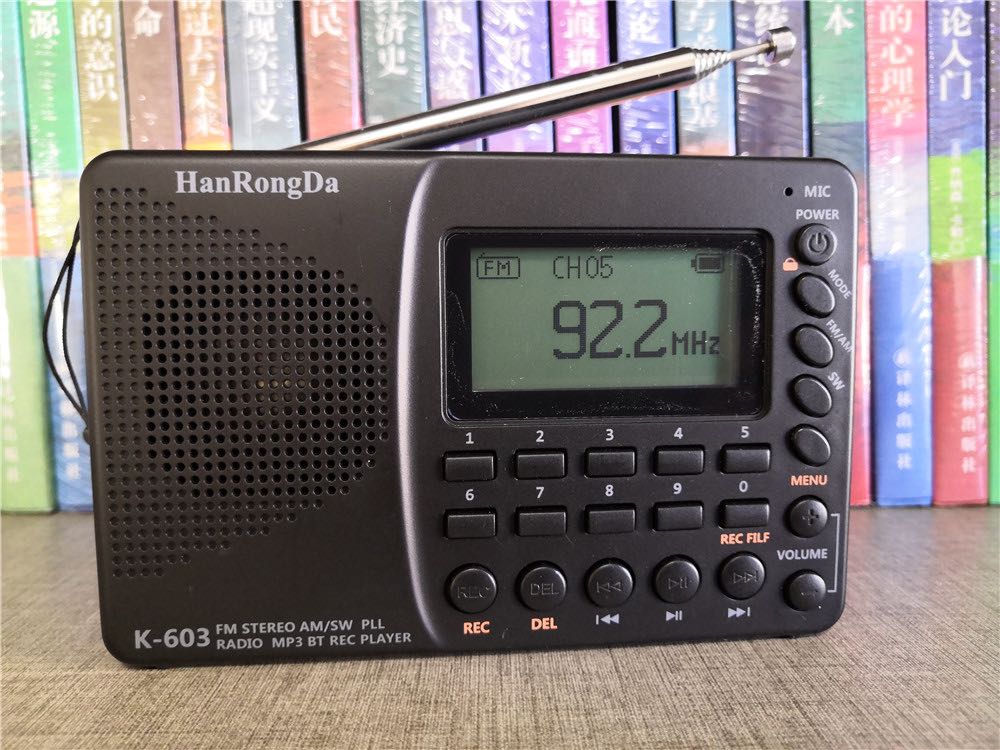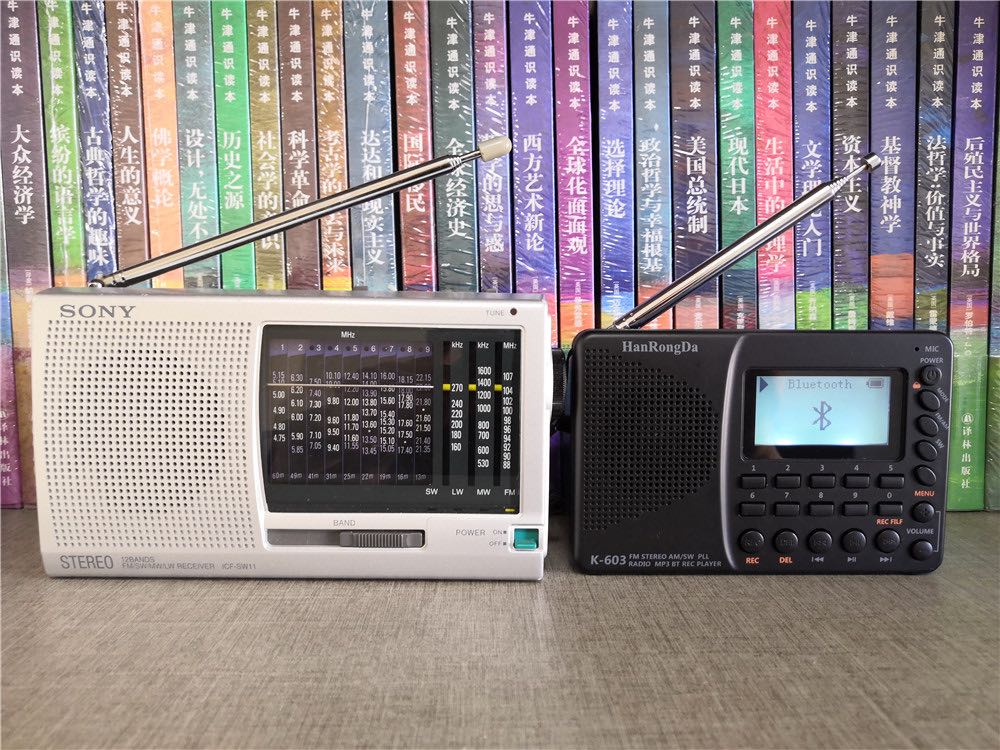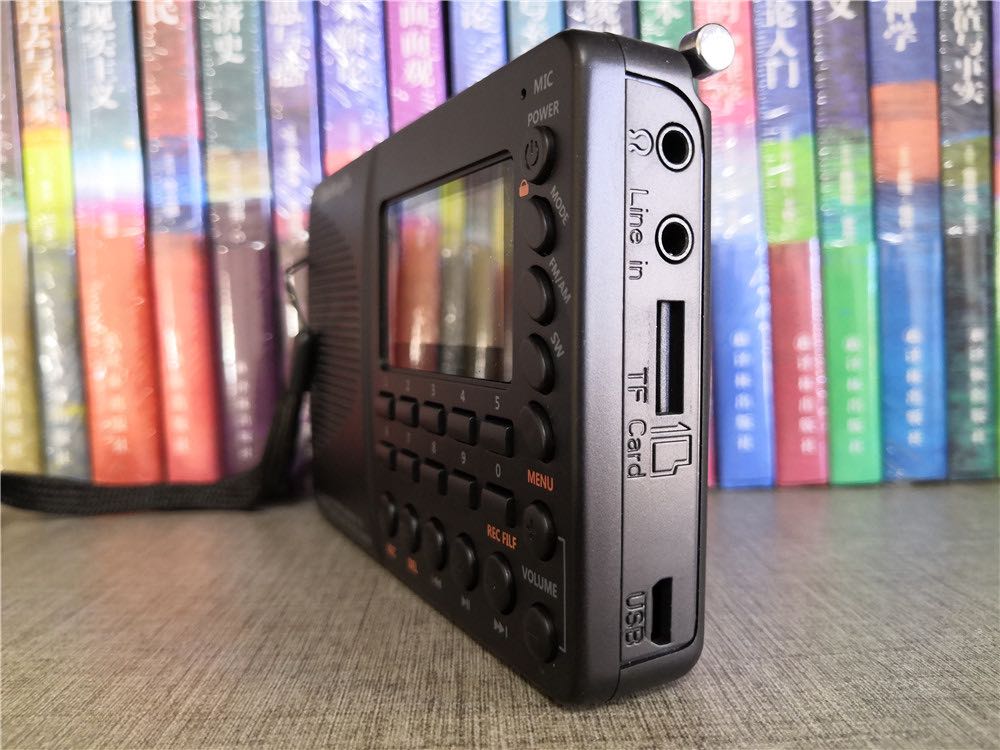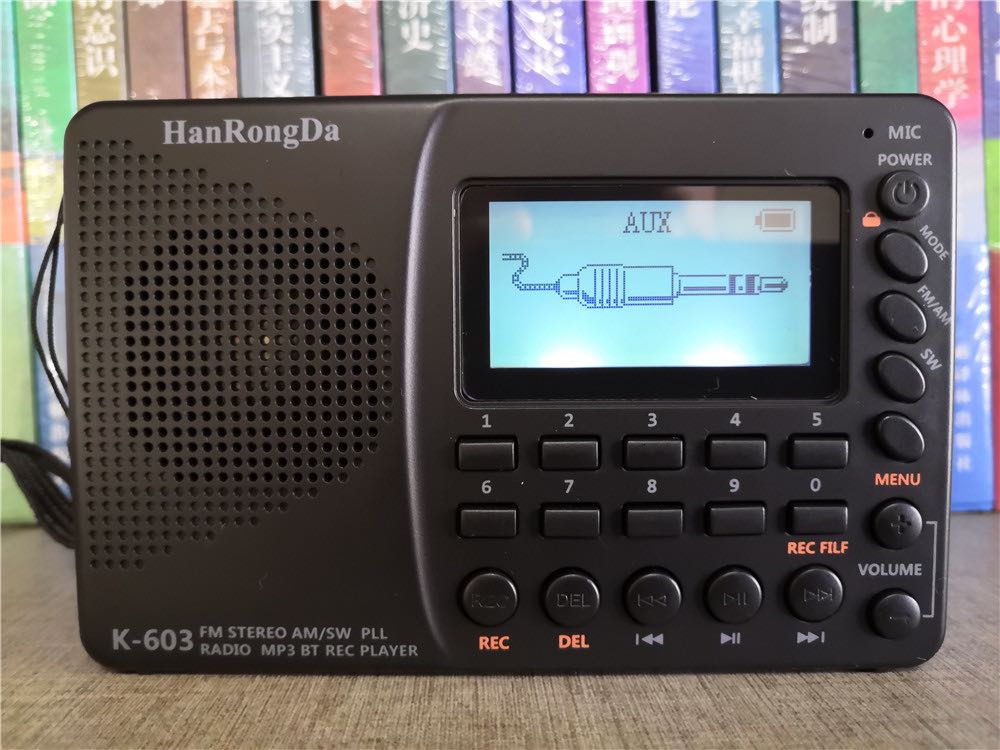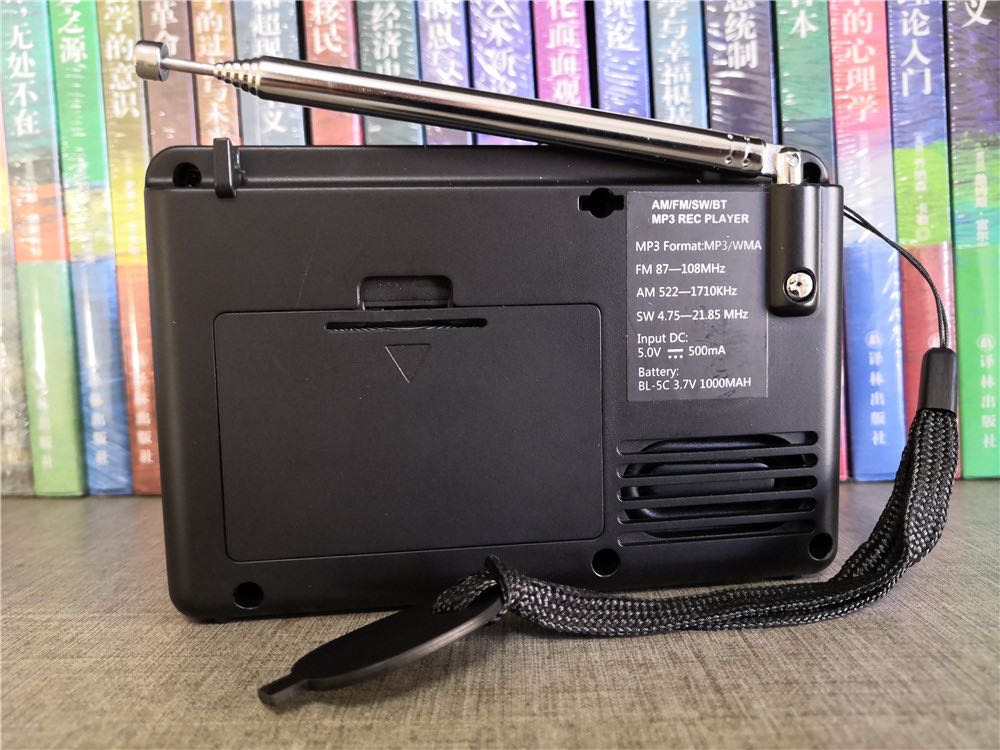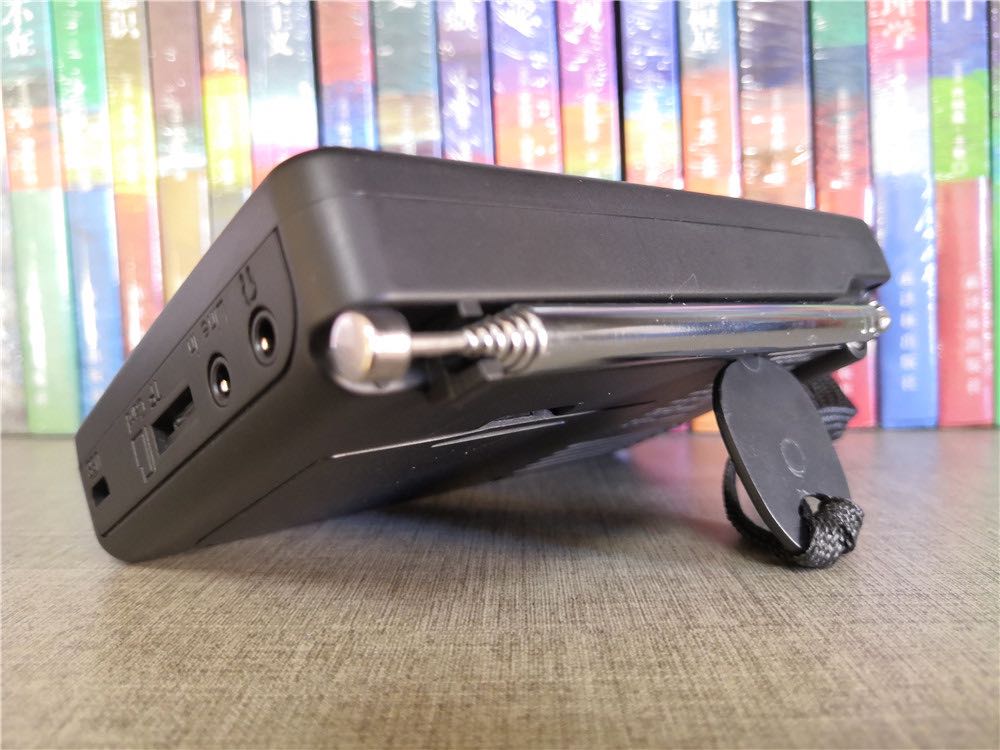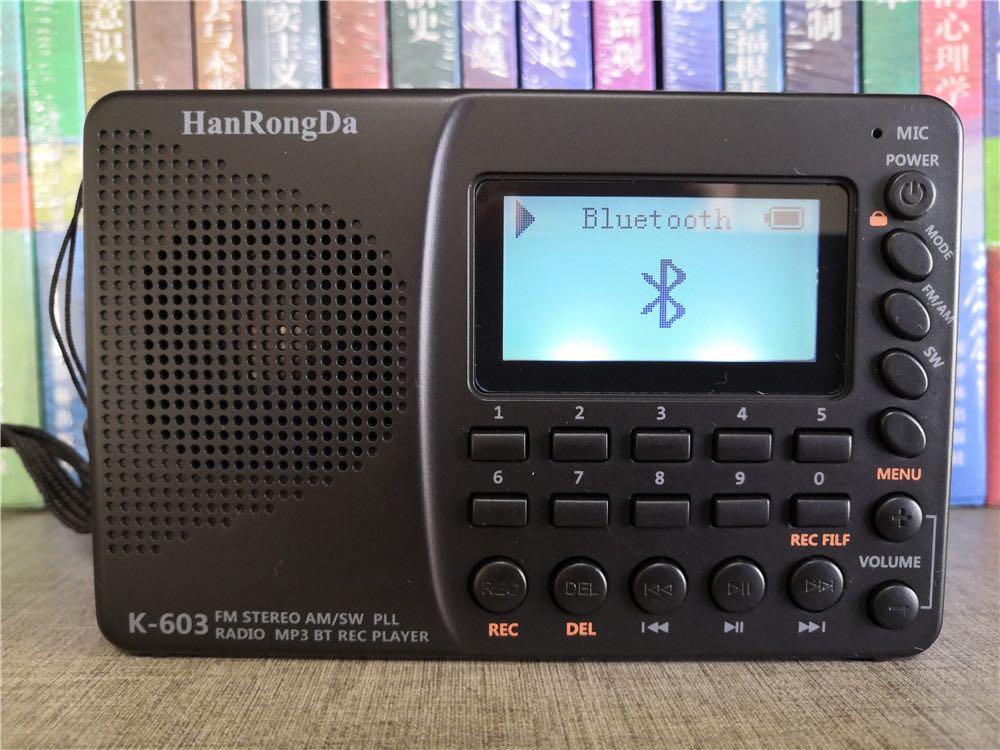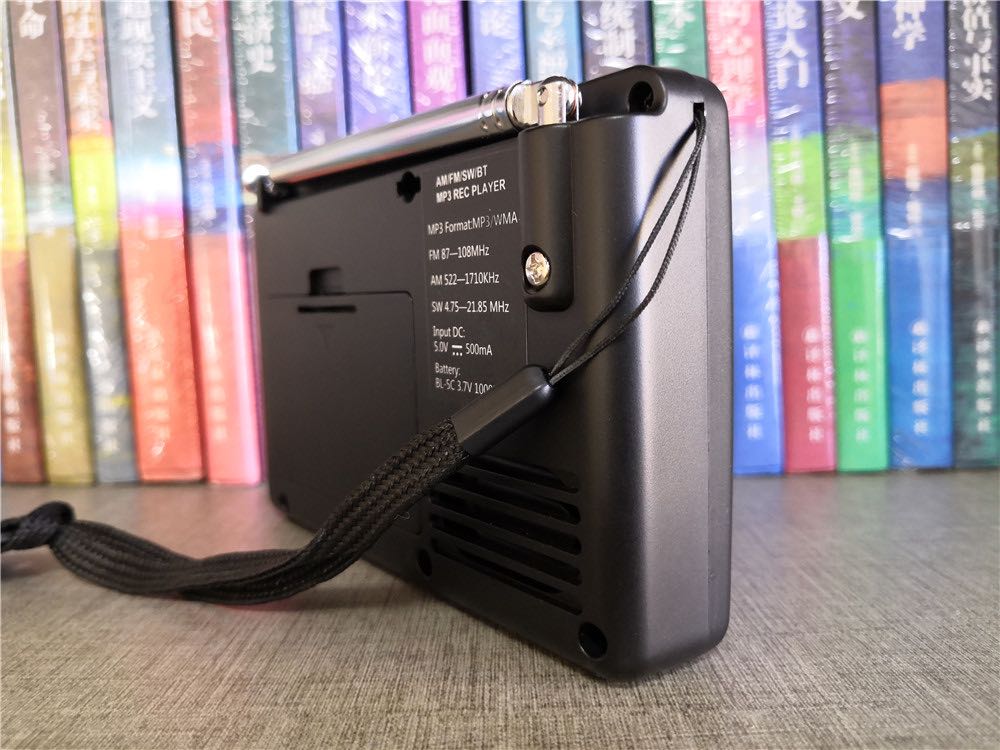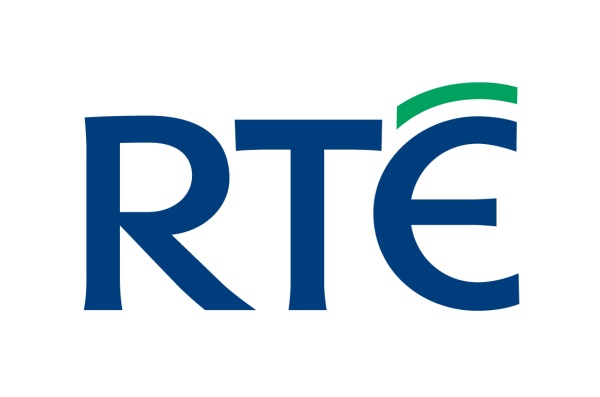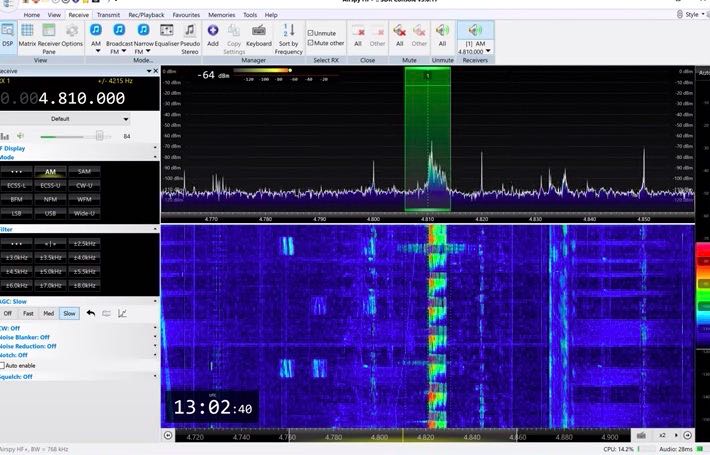Many thanks to SWLing Post contributor, Dave Porter, who shares a link to the following BBC Archive video of BBC RMP circa 1961. The BBC posted this video in light of the recent demolition of all but one of the original Rampisham Down towers.
Author Archives: Thomas
Guest Post: ZIPWALL10 poles as antenna supports
Many thanks to SWLing Post contributor, Mario Filippi (N2HUN), who shares the following guest post:
ZIPWALL10 poles
Recently we had a remodeling job performed at the home QTH and the workers used telescoping poles to form a dust barrier. When the job ended, they said I could have the telescoping poles, a product called ZIPWALL10, which when collapsed are four feet long but extend to ten feet. This got me pondering about how handy these could be in the radio shack, especially for indoor impromptu antennas.
Indoor antennas, especially wire antennas usually have to be secured to a wall somehow, and should be as high as possible in the room. That requires using adhesive tape to attach the wire and a ladder (most ceilings are eight feet), but using the ZIPWALL10 poles it’s easier and safer. Below is a temporary random wire antenna in my shack using 26 gauge insulated wire strung between the two poles.
What’s nice about these poles is they have rubber feet to grip the floor and plastic pads on top to avoid damage to the ceiling. The top section is spring loaded to assure a tight fit. The ZIPWALL10 model extends to ten feet in three telescopic sections. No tools are needed to set these up, and they conveniently collapse for storage.
These poles just happened my way due to a remodeling job, but surely other types are available on the market for those wanting to experiment with indoor antennas. The price for a ZIPWALL10 pair on Amazon is around eighty dollars. Thanks for reading.
What a great use for ZipWall poles, Mario! I’ve spent the past few days at an ocean front condo and could have used two of those supports to suspend a small, lightweight passive loop antenna safely on the balcony. That’s fantastic your contractors simply gave you those poles!
Thanks for the tip!
As you mention, Amazon sells a full line of ZipWall options (links below support the SWLing Post) but these can also be found at most home improvement stores.
Coast Guard considers dropping radio-based NAVTEX system
Many thanks to SWLing Post contributor, Tracy Wood, who shares the following article from Alaska Public Media:
For decades, the Coast Guard’s NAVTEX towers have broadcast from Cape Cod to Kodiak Island. The global system broadcasts weather and safety information to boats large and small.
The International Maritime Organization developed the NAVTEX system decades ago as a means to get weather and urgent information to ships on the water. It’s low-tech. Receivers spit out basic telex-type messages onto paper or on a screen.
“The most common thing that you would see is a weather message, but you will also get public safety information messages,” said Derrick Croinex, the Coast Guard chief of spectrum management and telecommunications.
“We need to replace it because the infrastructure is old and it’s failing,” Croinex said.
But before the federal government commits to an expensive upgrade, Croinex said it wants to gauge how vital the service really is.
Right now, the International Maritime Organization is working on upgrading the text-only NAVTEX system to something called NAVDAT. The new system will include images and graphics. And when that system is ready, larger vessels will be required to upgrade to it.
But not if the Coast Guard phases out these radio-based systems completely.
“Our view is, it may be better and more reliable for people to actually switch to satellite,” Croinex said.
But some mariners are urging the Coast Guard to keep the free, low-tech service rather than switch over to subscription-based satellites.[…]
As Tracy also noted, NAVTEX is great because with a simple soundcard, SSB radio and text decoder you can grab the service reliably.
Thanks for sharing, Tracy!
The new HanRongDa K-603 portable radio
Many thanks to SWLing Post contributor, Mei Tao, who writes:
Yesterday, I received a new radio: the HanRongDa K-603, which was sent to me by the manufacture.They want me to test this prototype machine in order to find any bugs. If there is nothing to fix, I believe this radio will hit the market in this or next month.
K-603 is a small portable radio which also has some great functions. Its major features include:
- FM, AM, and SW bands
- Bluetooth 5.0 connection
- TF Card Player
- Recording function
- Line in
- LCD can display three different languages,English?Chinese and another foreign language.
- Powered by the BL-5C Li battery
- MW channnel space can be switched between 9KHz adn 10KHz.
- Tuning methods: Scan, ATS, and direct key entry
The designer told me that this K-603’s fm coverage is from 87MHz to 108MHz, but they will extend it to 64MHz in the next version. That’s really good news.
In a few days, I will test it carefully. If necessary, I will make side-by-side comparisons with my own Tecsun, Sangean, Radiwow, and Degen radios. Then i will present some text and video reviews.
I would like to share some pictures of this new radio with you and other BCLers
Best wishes to you!
Photos
Thank you, Mei Tao! We look forward to your review of the HanRongDa K-603. Yes, please let us know how it compares to your other receivers. We also look forward to any update regarding price and availability. Thanks for sharing those photos!
RTÉ to continue longwave radio service into 2022
(Source: Southgate ARC)
RTÉ is going to spend €250,000 per year transmitting its Radio One station to the Irish diaspora in Britain – while closing down all its digital stations.
The station is shutting down RTÉ Gold, RTE Junior, RTÉ 2XM, RTÉ Pulse and RTÉ Radio 1 Extra, but would not specify how much this will save.
However, it has confirmed that it is going to continue its Longwave radio service to the Irish diaspora in Britain up to 2022.
Read the full story at
https://www.businesspost
.ie/news/rte-continue-spending-e250k-year-longwave-radio-service-axed-457245
Radio Deal: The new Eton Elite Field $78.99 with free one day shipping
Many thanks to SWLing Post contributor, Chris Freitas, who notes that the new Eton Elite Field radio is on a “limited time” sale at Amazon.com. The price is a very enticing $78.00 with free one day shipping and free returns.
Click here to view on Amazon.com (this affiliate link supports the SWLing Post).
Important note: like the Eton Elite Executive deal we posted recently, this promotion is noted as a “limited time” deal. It seems that when they run out of their current stock, you may be able to still find the promotional price via Eton, but the shipping date may be pushed out several weeks.
Numbers Station UVB-76: A New Buzzer Twin on 4810 kHz
Many thanks to SWLing Post contributor, Tom (DF5JL), who writes:
Who doesn’t know the mysterious station “The Buzzer” on 4625 kHz – but now it gets even more exciting: Because since today “The Buzzer” has a twin that transmits on 4810 kHz – fully synchronous. And to make to put a scoop on it: location is apparently near Changdu in China.
Thanks for the tip, Tom!
Yes, I noticed that our friend, Tudor Vedeanu, recently posted a recording of the new Buzzer twin on 4810 kHz:
I’m curious if the new Buzzer frequency is being used 100% of the time? Can anyone confirm?
Do you enjoy the SWLing Post?
Please consider supporting us via Patreon or our Coffee Fund!
Your support makes articles like this one possible. Thank you!

